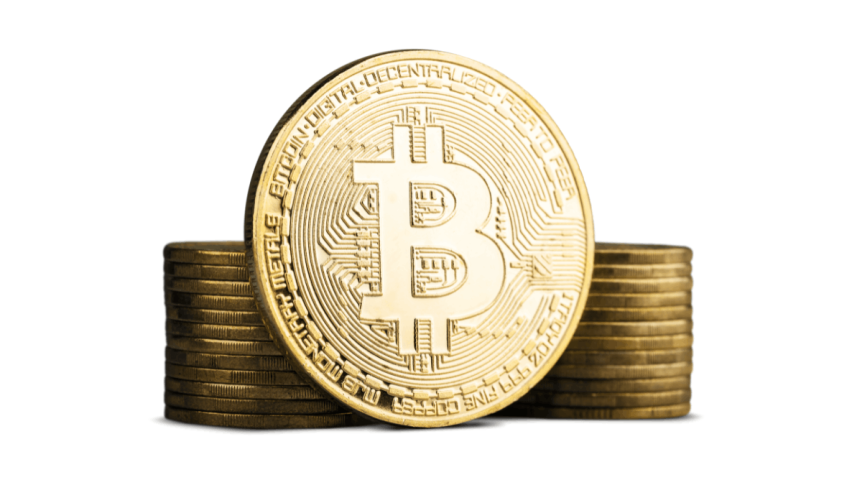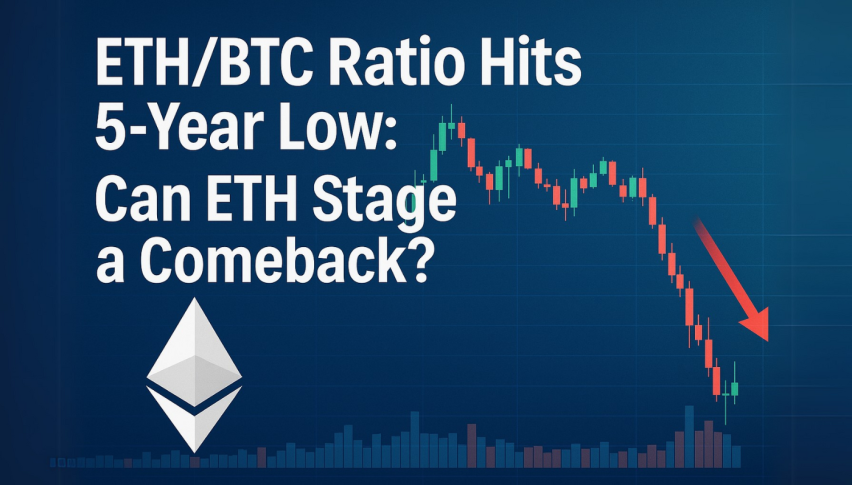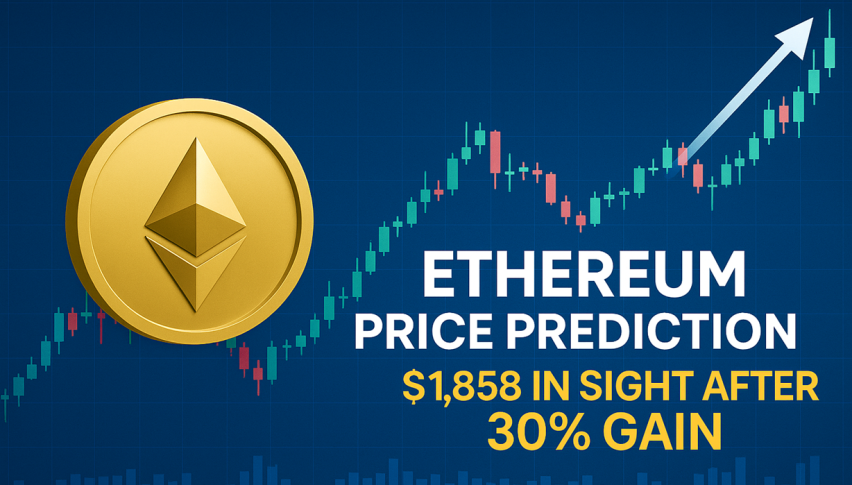Ethereum’s EIP-9698: Aiming for a 100x Gas Limit Increase
Since gas fees frequently act as a bottleneck for both users and developers, Ethereum's scalability has long been a source of debate.
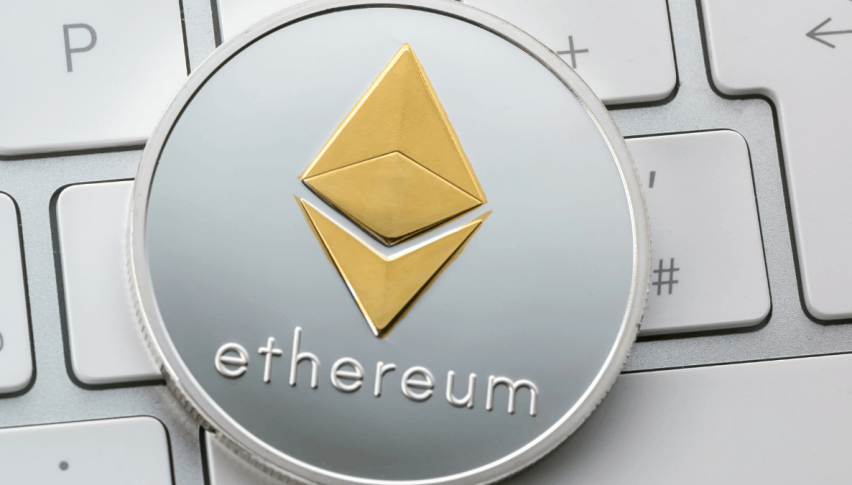
Quick overview
- EIP-9698 proposes to increase Ethereum's gas limit by 100 times over the next four years to enhance scalability.
- The proposal aims to improve throughput, allowing more transactions per block and reducing network congestion.
- Critics warn that such a significant increase could lead to centralization, marginalizing smaller validators.
- Proponents argue that advancements in hardware and optimization can support higher gas limits while maintaining decentralization.
Since gas fees frequently act as a bottleneck for both users and developers, Ethereum‘s scalability has long been a source of debate.
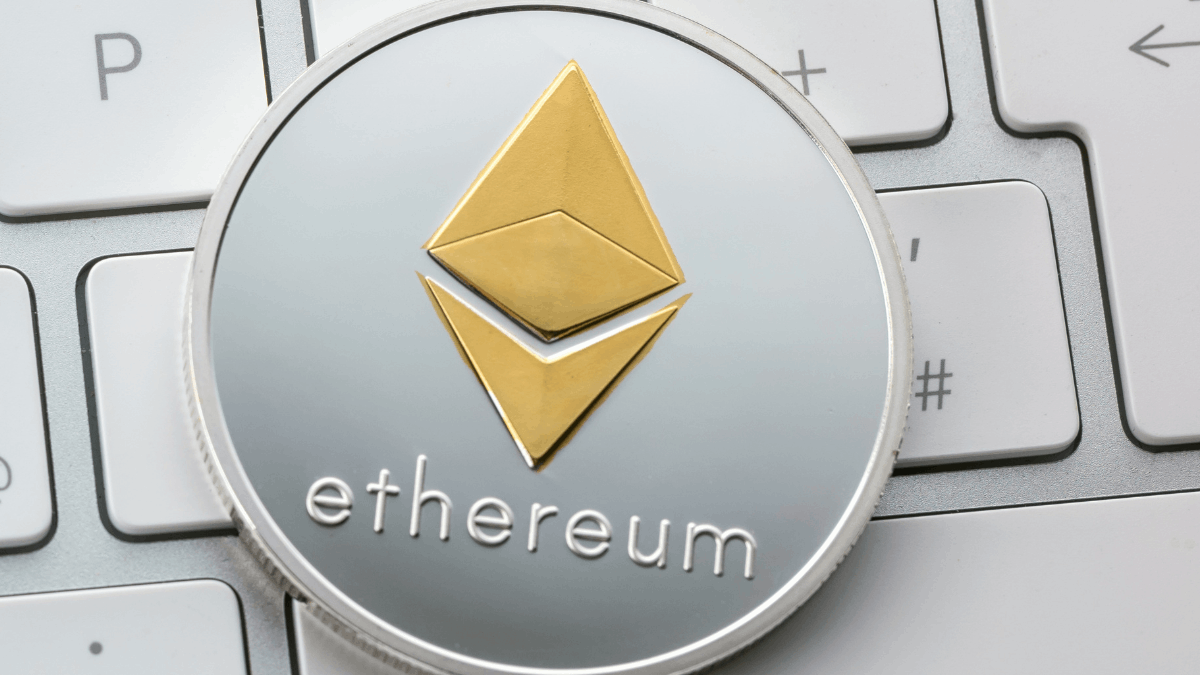
EIP-9698, a new proposal that aims to raise the gas limit by 100 times over the next four years, has been proposed in response to these difficulties.
The main goal of EIP-9698 is to increase Ethereum’s throughput, which will enable more transactions per block and lessen network congestion. The plan aims to meet the increasing demand for smart contracts and decentralized apps (dApps) on the Ethereum platform by dramatically increasing the gas cap.
However, there are several issues with such a large growth. Critics contend that because only nodes with significant processing capacity may be able to process the larger blocks effectively, a 100x gas limit rise could result in centralization. This might marginalize smaller validators and jeopardize Ethereum’s decentralized philosophy.
EIP-9698 proponents address these worries by highlighting how Ethereum must change to satisfy the needs of its growing user base. They contend that the network can manage higher gas restrictions without compromising decentralization thanks to improvements in hardware and optimization strategies.
The proposal also underscores the importance of Layer 2 solutions and sharding in complementing the increased gas limits. By distributing the load more effectively across the network, these solutions can mitigate potential risks associated with larger block sizes.
As Ethereum continues its transition to Ethereum 2.0, proposals like EIP-9698 highlight the community’s proactive approach to scalability and performance. The coming months will be crucial in determining the feasibility and acceptance of such significant changes to the network’s architecture.
- Check out our free forex signals
- Follow the top economic events on FX Leaders economic calendar
- Trade better, discover more Forex Trading Strategies
- Open a FREE Trading Account
